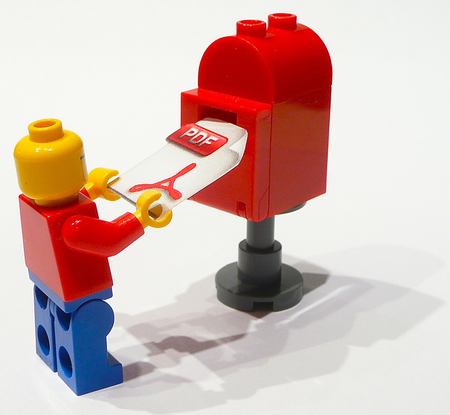For the Adult Literacy Tutor
Digital Literacy
Learning Computer Skills
GCF learnfree resources has plenty of resources for people learning the basics of technology, for example MS Office, Office 2016, Computers in general, or Online Safety.

- They also have a collection of ABE resources worth looking through.
In Pictures uses pictures to explain how to use programs such as Word, Publisher, Excel and Powerpoint.
Google Applied Digital Skills is for people wanting to build their digital literacy. You’ll find different sections that a tutor might use with a student, such as:
ABC PC: ABC PC is a Norwegian site for teaching computer beginners. The only trouble is, it still uses Flash (Adobe) technology for the animation, so you’ll need to know how to enable that in your web browser.
At Digital Learn you’ll find clear online lessons using digital stories to cover topics including basic search, navigating a website, intro to email, and intro to Facebook.
Ideas for learning activities involving technology
Dr Katrina Tour has put together a set of suggested activities for developing digital literacies in the EAL field. This site comes from her research.
Bloggers in Educational Technology
Robert Byrne’s Free Technology for Teachers is an invaluable collection of technology reviews. Definitely worth subscribing if you’re interested in developing your use of technology with students.
Larry Ferlazzo has made a career out of hunting down the best ESL/EAL sites on offer. That first link is to his daily blog, but you can also take a look at his compiled “Best Of” series, including for example
- Best Resources, Articles & Blog Posts For Teachers Of ELLs In 2018, or
- Best Resources For Helping Beginner ELLs Learn About Art & Music.
Apps & mobile devices
Kathy Schrock has a whole site devoted to iPads and their apps for learning, for example including her study into which apps can support the revised Bloom’s Taxonomy.
Love Aptually is a huge and incredibly well-prepared report on mobile apps for language and literacy from an organisation in Queensland, back in 2012. In “Love Aptually” apps are listed under learning, reading, writing, oral communication, and numeracy with a separate section for accessibility. (NB: written in 2012! Some things may be out of date.)
Apps for Literacy Support has more than 100 apps listed under literacy support, OCR, writing and note taking support, mind mapping, organisational, and iOS keyboards.
Apps & mobile for EAL
- iPad in the ESL Classroom (videos seem to be broken though).
- The Essential Guide for Apps for Learning English as a Second Language
Top Tools for Teaching and Learning
Jane Hart compiles a list every year of teachers top tools for teaching and learning, as a research project, where each tool has a page with comments from users (eg ) You can look back through the years to see how the popularity of various tools has changed, as well as reading her analysis of the current results, or view a clickable infographic version (direct pdf link here – 2018). For example, among the top 10 for 2018, you’ll find:
- zoom for video conferencing
- padlet for noticeboards and brainstorming
- google drive and docs
- microsoft PowerPoint and Word
- kahoot for gamification and quizzes
Kathy Schrock has a huge study into online tools for teaching and learning.
Typing: Tutor Apps
When learning to touch-type, try this strategy: print out a copy of the QWERTY keyboard, and put it next to your own physical keyboard, so you don’t have to lift your fingers while typing. Here’s a printable keyboard from Teachnet (via this referring page). These days you can find many typing tutors online, for example:
Touch type read and spell is a piece of software designed to teach typing and spelling at the same time. However it’s very expensive.
(cc) image by ntr23 at flickr, CC-BY-NC-SA